how can you tell when rose hips are ripe?
User
6 months ago
Featured Answer
Sort by:Oldest
Comments (22)
User
6 months agoRelated Discussions
How to Tell When a Watermelon is Ripe
Comments (15)Another sign to look for on the bottom yellow area are very tiny specks of black dots clustered together. These are mildew spots no bigger than a period at end of a sentence and they won't rub off like specks of soil. These black dots form when the melons has been sitting for a long time, long enough to be ripe if not over ripe. Also when checking the tendril observe the leafs closest to the melon on the vine. If the leaves look vibrant and healthy then it may be too early, if the leaves are somewhat ragged looking then it's may be ripe, it's a good confirmation combo with the brown tendril. The shine of a new melon fades to dull when ripe too and the afore mentioned lumpiness on large melons is a winner. Hi Wayne, it's been a while, thanks again for the Raspa melon tip several years ago, they have served me well with bountiful sweetness. But alas they are too Big for me now and I need your sound advice for a smaller sweet melon version. Any favs you could recommend? Thx again....See MorePlanting rose hips, when, how?
Comments (2)Good Journey, Lillian Brown ((hugs)) Here are a couple of articles: Henry Kuska's http://www.rdrop.com/~paul/kuskaseed.html Malcolm Manner's http://www.rdrop.com/~paul/manners_seed.html Both on Paul Barden's site :) Good luck with the hybrids!!! Here is a link that might be useful: Paul's Propagation page...See MoreHow can you tell if it's ripe?
Comments (2)It will change color (purple I think) and soften. I wait until they drop from the vine or release at the slightest touch. They are the sweetest when the fruit starts to wrinkle....See MoreStriped Heirloom tomatoes: how do you tell when they are ripe?
Comments (1)The Marvel Stripe Zapotec are a very late season variety, when they appear mostly amber in color with a little red blushing is when they're ready to be plucked. You can try one that looks to fit that description and have a taste, then you should know if you need to leave the others on the vine a little longer or not. Corey...See MoreVaporvac Z6-OhioRiverValley
6 months agoUser
6 months agosautesmom Sacramento
6 months agoerasmus_gw
6 months agoerasmus_gw
6 months agoUser
6 months agolast modified: 6 months agoroseseek
6 months agosautesmom Sacramento
6 months agoMischievous Magpie (CO 5b)
6 months agoDiane Brakefield
6 months agoroseseek
6 months agoUser
6 months agoUser
5 months agoMischievous Magpie (CO 5b)
5 months agoroseseek
5 months agoDiane Brakefield
5 months agoroseseek
5 months ago
Related Stories
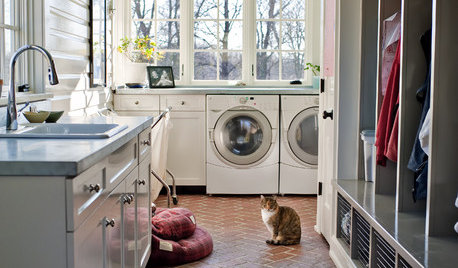
HOUSEKEEPINGAnother Independence Day: When Kids Can Do Their Laundry
Set yourself free and give your child a valuable life skill at the same time
Full Story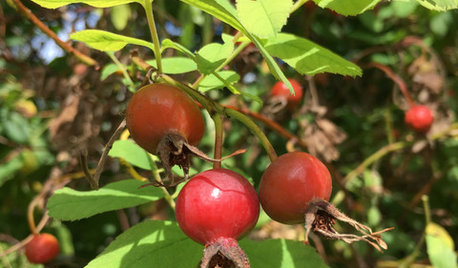
ROSESSmooth Rose’s Arching, Not-So-Thorny Canes Provide Beauty All Year
Plant Rosa blanda, native from the Great Lakes eastward, for its long bloom season, pollinator food and attractive red hips in autumn
Full Story
PLANTING IDEASGreat Garden Combo: Rose + Clematis for Small-Space Impact
We all need somebody to lean on. And when a rose supports a climbing vine, the results can totally transform a small garden
Full Story
MOST POPULARMy Houzz: Hip Midcentury Style for a Mom's Backyard Cottage
This 1-bedroom suite has everything a Texas mother and grandmother needs — including the best wake-up system money can't buy
Full Story
MOST POPULARWhen Does a House Become a Home?
Getting settled can take more than arranging all your stuff. Discover how to make a real connection with where you live
Full Story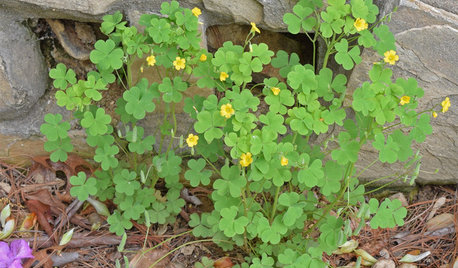
GARDENING GUIDESWhat Your Weeds May Be Trying to Tell You
An invasion of weeds can reveal something about your soil. Here’s what is going on and what to do about it
Full Story
SELLING YOUR HOUSEThe Case for Hiring a Home Stager When You’re Selling
This pro can help your home look its best — potentially resulting in a faster sale with more profit
Full Story
THE ART OF ARCHITECTUREDesign Practice: Why Saying No Can Be Good for Business
When talking with potential clients, ask yourself these questions to determine whether you should accept — or pass on — the job
Full Story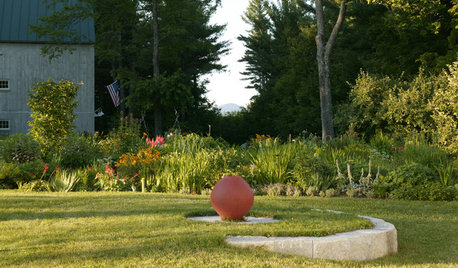
LANDSCAPE DESIGNWhen Less Is Really More in Your Garden
8 ways you can make a powerful garden statement by embracing simplicity and surroundings
Full Story
CEILINGS10 Times When Wallpapering a Ceiling Is a Good Move
Don’t ignore the blank canvas above your head. Wallpaper can transform it into a fabulous feature
Full Story







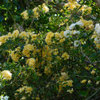

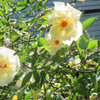

erasmus_gw